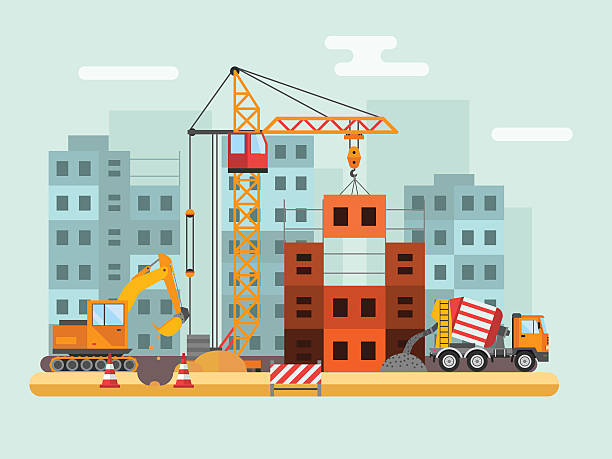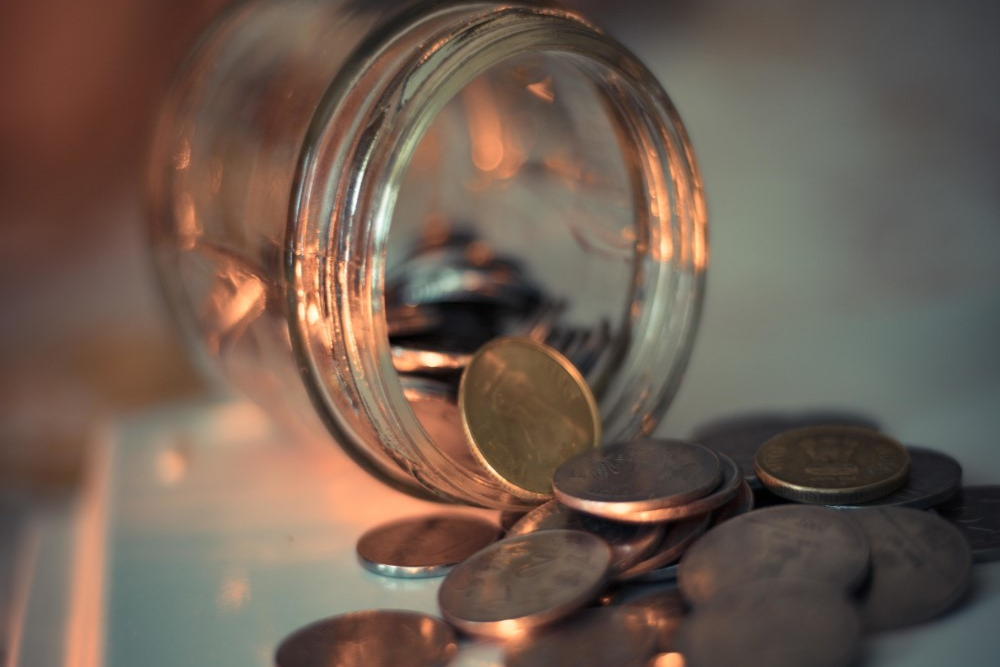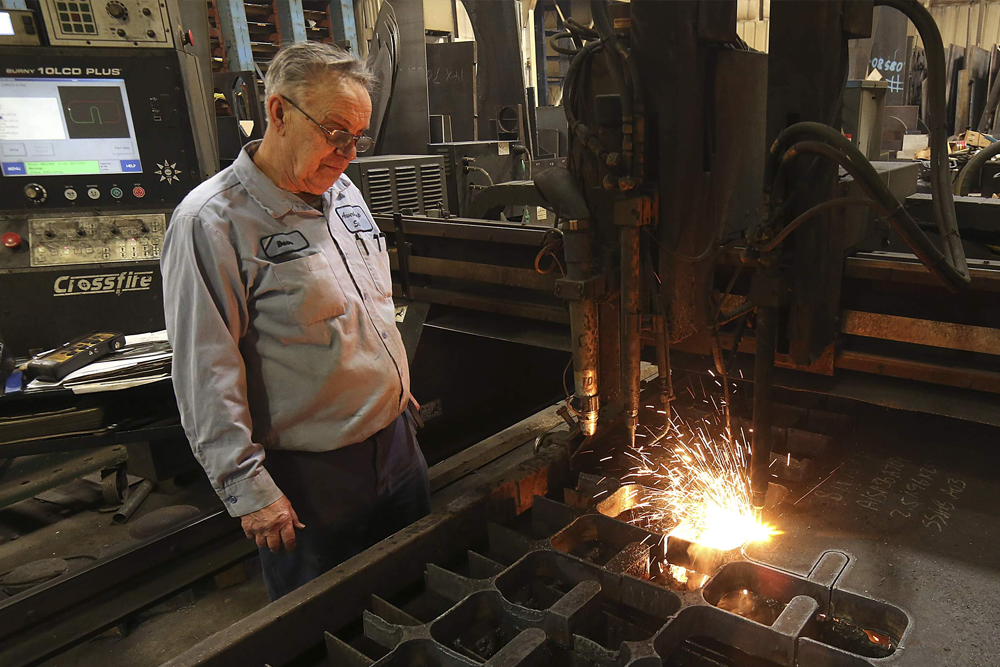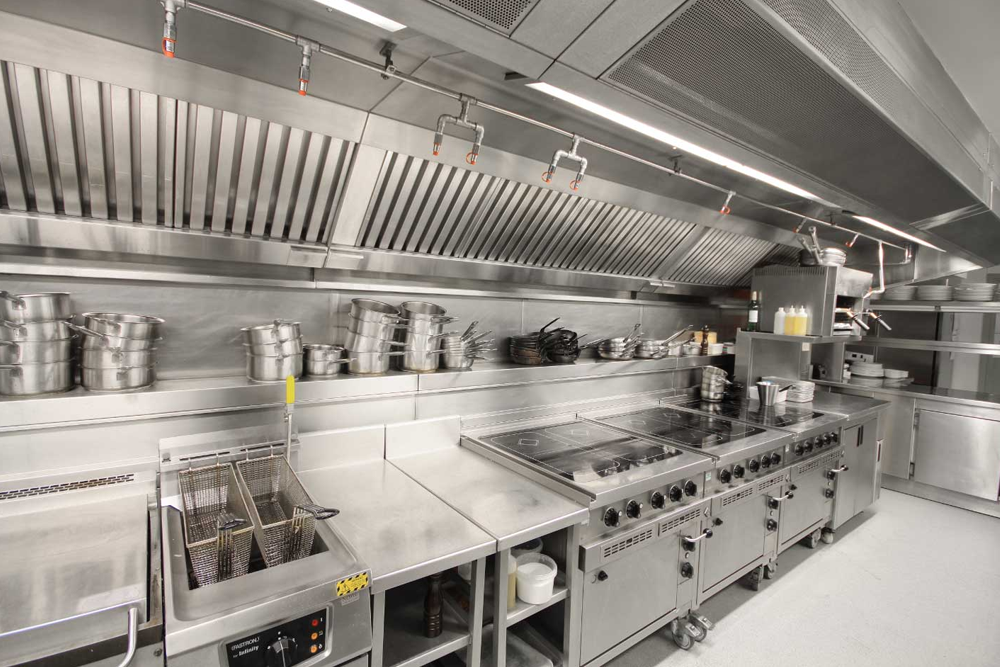
If your credit report is not where you need it to be, you are not alone. Raising your credit scores takes time; however, the sooner you address the issue that may be dragging the score down, the faster your credit score will go up. You can raise your scores by taking various steps, such as establishing a track record of paying your bills on time and paying off your debt.
What is considered a good or a bad credit score?
Before we get to the tips of raising your credit score, let us define exactly what is meant by a bad credit score and a good credit score.
Typically credit scores range from 300 to 850. Below is a break down:
- Excellent credit score: 800 to 850
- Very good credit score: 740 to 799
- Good credit score: 670 to 739
- Fair credit score: 580 to 669
- Poor credit score: 579 and below
No matter what your credit score is, there is always room for improvement. ( Not, unless you are one of the rare folks with a perfect credit score of 859).
How is your credit score calculated?
Your credit score consists of five basic components. Here is a look at how much of your score is based on each category:
- Credit mix: 10%
- New Credit: 10%
- Length of credit history: 15 %
- Credit Utilization: 30 %
- Payment history: 35%
Payment history is no surprise; it is not on the list. If you pay your bills on time, you will get a better score eventually. However, the effects of past mistakes remain for many years.
When it comes to new credit, you can avoid getting too many new credit cards at once, so your score does not drop. You can take out a personal loan to make your credit mix appear better; however, that costs money and will not have a great effect.
Typically there are many ways you can increase your credit score eventually; however, to do it faster and raise the score higher, you must reduce your credit utilization ratio.
What is a credit utilization ratio?
The credit utilization ratio portrays how much of the available credit you actually use. To get that figure, divide what you owe on a card (or all of them) by the credit limit for that credit card (or the total for all of them).
For instance, if you have two credit cards, where you charge $1,000 on a card with a credit limit of $6,000, and $3,000 on your other card which has a limit of $4,000, in that case, you have a ratio of 75 percent for the second card and 40 percent overall ( you are using $4,000 of your $10,000 total available credit).
Both ratios influence your credit score. Most experts suggest keeping your ration no higher than thirty-percent or so. If you have heard of maxing out your credit cards, it will put your ration at 100 percent. That would be very bad, so avoid it.
The bottom line is that if you want a higher credit score, you should get your credit utilization ratio as low as possible. When it comes to making your credit score better by reducing your credit utilization ratio, you have two methods:
- Increase your available credit
- Reduce what you owe
To get the best score, you will need to do both. Here are some strategies to try.
Pay your bills at the right time
Your credit utilization ratio is calculated by applying the balances you have when your credit card issuers report to credit bureaus. Call to check when that is, and adjust your payments accordingly.
Generally, when lenders assess your credit history and request a credit score for you, they are very interested in how dependable you are at paying your bills. That is because past payment performance is often regarded as a good predictor of future performance.
You can positively impact this credit scoring factor by paying all your bills on time, as agreed. Paying a debt for less than what you originally agreed to pay or paying late can negatively influence a credit score.
You will need to pay all your bills on time- not just credit cards or any loans you might have; but also student loans, auto loans, rent, phone bills, utilities, and so on. It is a good idea to use tools and resources available to you, like calendar reminders or automatic payments, to assist you in making sure you pay on time monthly.
If you are behind on any payments, bring them current as soon as you can. Even though late or missed payments appear as negative info on your credit report for seven years, their effect on your credit score declines over time. Older late payments have less impact than more current ones.
Pay twice monthly
If you do not want to keep tracing when each card should be paid, you can pay twice per month, so your average balance is always lower on both credit cards.
If the idea of paying twice per month or timing your payments overwhelms you, then frame up automatic payments; this way, you do not have to think about it.
Balance your card use
If you charge $1,000 on a credit card with a $2,000 limit and do not charge anything on three similar cards, your overall credit utilization ratio may be 12.5 percent; however, it will be fifty percent for that one card, and that will harm your credit score.
To prevent this, note the credit limit for every card and, when you reach twenty-percent of the limit, put the credit card away and use another.
Set up alerts
Most credit card issuers allow you to frame up email alerts linked to your spending. If yours does, frame it, so you get an email when your balance reaches twenty-percent of the card’s credit limit. After you get that email, you can begin using another card or pay down the balance before charging more.
Spend less on your credit cards
This is maybe the most obvious way to reduce your credit card balances. Let it be a habit to spend less overall, or simply move to using cash when you get past a particular threshold utilization ratio, such as twenty-percent.
After you have taken some of the steps above, you can move on to the following strategies, potentially even more powerful. They are all about increasing your available credit.
Get more credit cards
Assuming your credit card limits total is $10,000, and you owe $4,000, you have a forty-percent credit utilization ratio. Your credit score should reflect that.
However, without decreasing your debt, you can lower your credit utilization ratio to twenty-percent by only getting a credit card with a $10,000 limit- or various more that add up to that much.
Having too many credit cards will be against you, only when you get them all in a short period.
Request issuers to raise your credit limits
Maybe the simplest way to expand the credit you have accessible and decrease that critical ratio is to have the limits on your existing credit cards raised.
The only catch is that when you ask for an increase, your issuer may do what is called a hard inquiry, which can knock a couple points off your credit score. Before using this strategy, ask your credit card issuer if requesting a credit limit increase will result in a hard inquiry, and also inquire if you are likely to get the rise.
It is possibly worth losing a few points if you can get a substantial credit line increase because you might very well improve your score by many more points for your effort.
Keep all your cards active
Your credit card can be canceled if you do not use it for some time. This will cause a drop in your credit score because of the higher credit utilization ratio and shortening of average credit history.
To prevent this from happening, put every unused credit card in an envelope with the last date you used it noted on the outside. When you get close to a year, take the credit card and use it for one of your regular purchases, then you can keep it away again (and, of course, pay the balance in full). If you use this system, you will not risk having your card canceled.
Note that keeping those credit lines open keeps your total credit accessibility higher, and your credit utilization ratio lower, which is what you need for a higher credit score.
How long does it take to rebuild a credit score?
If you have negative details on your credit record, like a public record element (such as bankruptcy), late payments, or too many inquiries, you should pay your bills and wait. Time is of great essence when improving credit scores. There is no fast fix for credit scores.
The amount of time it takes to raise your credit score after a negative change is based on the reason behind the change. Most negative changes in credit scores are a result of a negative element to your credit report, like a collection account or delinquency. These new elements will keep on affecting your credit scores till they reach a certain age:
- Inquiries last on your credit history for two years
- The majority of public record items remain on your credit report for seven years, even though some bankruptcies might stay for ten years.
- Delinquencies stay on your credit history for seven years.











